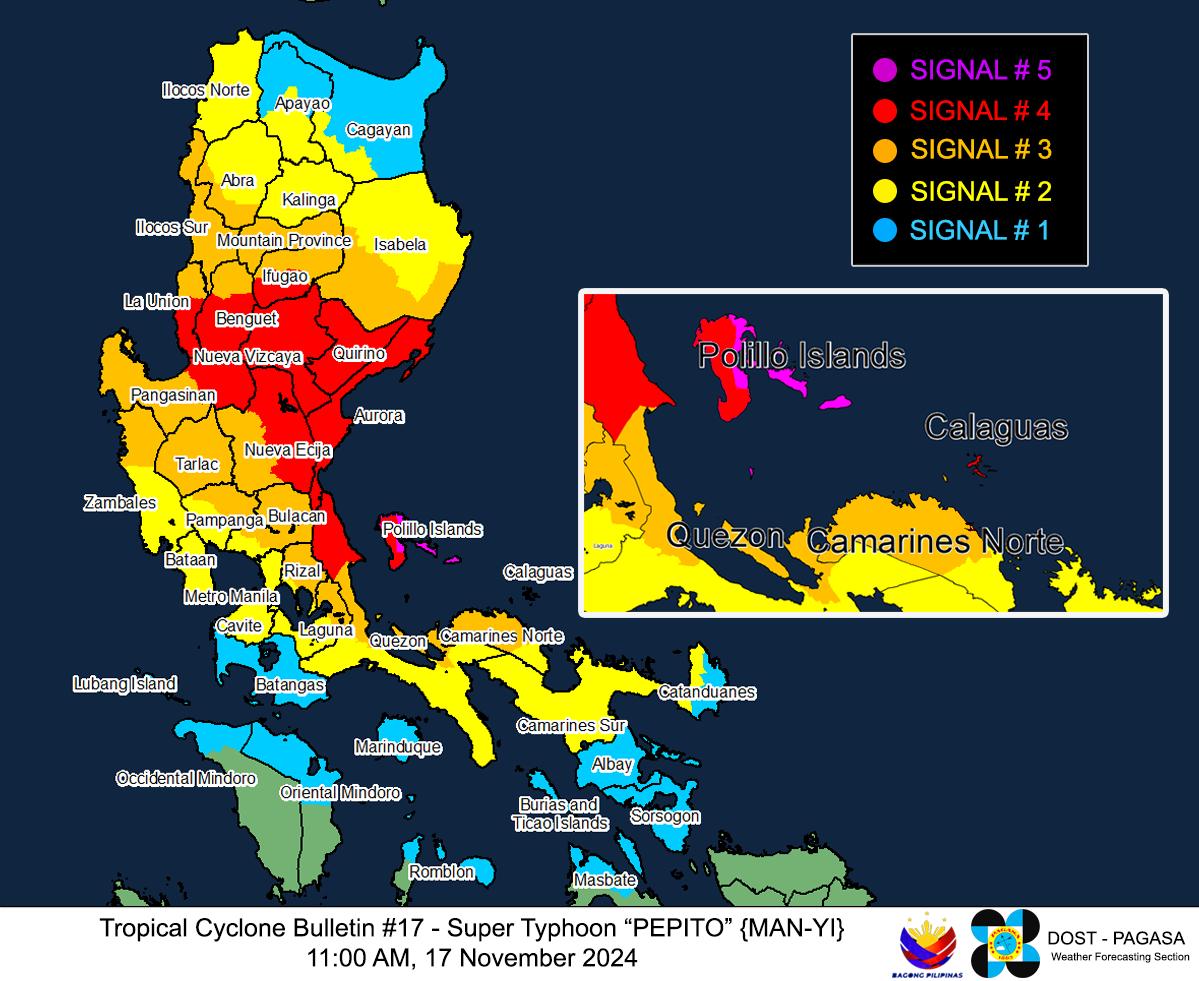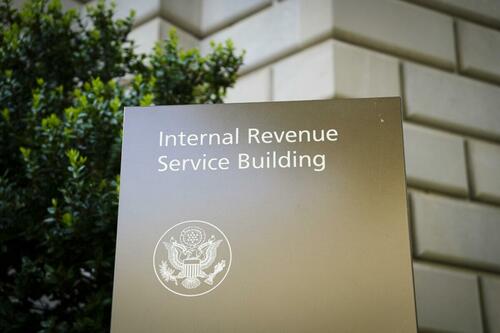
“I do not agree that freely floating the TT dollar is a good idea. Instead, we need to allow some market determination in the exchange rate to reduce the overvaluation of the TT dollar (vs the black market rate), and the fact that demand for US far outweighs supply at the current de facto pegged exchange rate..
..A free float of the TT dollar would likely see the TT dollar depreciate rapidly and destabilise the economy.
” So says Caribbean economist and adviser Marla Dukharan in the following Q&A first published in “Marla Dukharan’s Monthly Caribbean Economic Report”. Q1: Should the Government just float the TT dollar as some have suggested? A: First of all, very few currencies are purely freely floating—even the largest central banks in the world such as the European Central Bank, and the Bank of England, often intervene in the currency market to buy or sell their currency depending on whether they would like their currency to weaken or strengthen relative to another major currency (usually the US dollar). Furthermore, there are no freely floating currencies in the Caribbean.
And there is a good reason for that: currency stability is crucial to macroeconomic management in general, but especially so in small, highly open economies like ours. So, a freely floating currency and the volatility that is likely to result, is precisely what we don’t need. The only other currencies in the Caribbean that are not (legally) fixed and usually fluctuate against the US dollar are the Jamaican dollar, the Guyanese dollar, the Surinamese dollar, the Dominican peso, and the Haitian gourde—but the central banks in these countries often intervene (usually by selling US dollars to the market, in exchange for local currency) or otherwise control the market value of their currency.
The other currencies in the Caribbean, such as the Eastern Caribbean dollar, Barbados dollar, Bahamas dollar, etc, have all been fixed or pegged against the US dollar for decades. In the case of T&T, we have had a de facto peg at roughly $6.78: US$1 since 2017.
From about 2008 to about 2014, the TT dollar depreciated slowly and almost imperceptibly with the auction mechanism for US dollars. I don’t recall any major outcry regarding foreign exchange (forex) availability during that time. In fact, I recall there were ATMs that dispensed US cash at the airport and elsewhere.
Then somehow in 2014, just when energy prices were collapsing and our forex inflows were declining, the Central Bank saw it fit to appreciate the TT dollar, making it cheaper to purchase US dollars—an increasingly scarce commodity in T&T. Again—why? Then between 2015 and 2016, the TT dollar depreciated from $6.38: US$1, to $6.
67: US$1. By 2017, it went to $6.78, and has stayed around that level ever since.
I do not agree that freely floating the TT dollar is a good idea. Instead, we need to allow some market determination in the exchange rate to reduce the overvaluation of the TT dollar (vs the black market rate), and the fact that demand for US far outweighs supply at the current de facto pegged exchange rate. Since 2012 the Central Bank had an auction mechanism for US dollar injections into the banking system that the People’s Partnership/former Central Bank governor Jwala Rambarran dismantled in June 2014, but which Finance Minister Colm Imbert said in his budget speech in 2015 that he would reinstate, as it worked well.
Alas, here we are today, with a completely unnecessary and avoidable forex situation that the current administration knows exactly how to address, but refuses to. Instead, they have created “windows” and other mechanisms of controlling access to forex, and one can only guess why. Note the IMF’s most recent comments in this regard: “Trinidad and Tobago’s exchange rate is classified as a stabilised arrangement and the country maintains an exchange restriction subject to the Fund’s approval under Article VIII, Section 2(a) (see Informational Annex, page 4).
“This means that the current foreign exchange restrictions are in direct contravention to the IMF’s article VIII, to which T&T is a signatory. “Liquidity in the forex market remains tight. Forex shortages increased in mid-2023, reflecting higher forex demand and a temporary decline of energy companies’ repatriations of forex revenues (which supply about three-quarters of forex) due to value added tax (VAT) refunds.
Also, with positive US-TT interest rate differentials, resident holdings of US Treasuries have increased by about US$1.3 billion between mid-2022 and end-2023. “To help alleviate the forex shortfall, the CBTT has continued its bi-monthly US$50 million forex interventions, made a one-time US$50 million intervention in September, and provided US$91.
9 million to Authorised Dealers through the forex liquidity guarantee facility. Although the CBTT’s additional forex intervention helped restore confidence and stabilise the forex market in 2023, it does not address the underlying structural forex shortfall. “Staff notes the authorities’ initiative to provide forex to small- and medium-sized enterprises (SMEs) through a new facility at the Export-Import Bank of Trinidad and Tobago (EximBank).
Moving towards a more efficient and market-clearing infrastructure for allocating forex would help create a more conducive business environment for the private sector to invest and diversify the economy. The removal of all restrictions on current international transactions and greater exchange rate flexibility over the medium term would help meet the demand for forex, reduce the need for fiscal policy adjustments to restore external balance, and create room for countercyclical monetary policy. “The authorities expressed their continued efforts to address the forex shortfall.
They indicated that the CBTT continues supporting the forex market and noted that the current EximBank facilities have effectively provided forex to productive sectors. Also, they stressed their intention to support underserved market segments through a new EximBank window for small and medium-sized enterprises. “Moreover, they are exploring potential strategies to increase the repatriation of forex earned overseas by local and foreign businesses operating in the country.
“Directors (of the IMF) stressed that addressing forex shortages remains a priority and encouraged adopting a more efficient and market-clearing infrastructure for allocating forex. They noted that removing all restrictions on current international transactions and greater exchange rate flexibility over the medium term would help meet the demand for forex. “A more efficient forex infrastructure and greater exchange rate flexibility over the medium term would help address forex shortfalls and improve the business environment.
” Q2: What would be the effects if we floated the TT dollar? A: A free float of the TT dollar would likely see the TT dollar depreciate rapidly and destabilise the economy—see the examples of Suriname’s last two devaluations. But a return to the auction mechanism we once had would see a slow and almost imperceptible depreciation in the TT dollar which avoids over or undervaluation of the TT dollar, and, like we saw for many years up until 2014, it worked well. A managed float, which existed up to 2014, is ideal under our circumstances and would be easy to reinstate.
The real question is: why has it not been reinstated? Q3: We have had foreign exchange issues in the past. How is this time any different? A: Yes, we have had forex tightness in the past; and yes, we had a balance of payments crisis in the 1980s which led to T&T entering an IMF programme. But the situation today is completely avoidable from a policy perspective, whereas that balance of payments crisis/unavailability of US dollars in the 1980s was precipitated by an external shock: oil prices fell to US$8.
00 per barrel in 1986! The data I have available to me, from the Central Bank’s website and from the balance of payments account, demonstrates that this crisis is unprecedented in a local and global context, as I had outlined in this report, and in earlier publications on this topic. T&T is the largest loser of forex in the world on a per capita basis via the Errors and Omissions Item of the Balance of Payments account— this is unprecedented and unsurpassed on a global scale. Q4: The Government says we are spending too much foreign exchange and that is what is causing the shortage.
A: How is “shortage” determined? Demand versus supply, no? Insufficient supply to meet demand—that’s what a shortage is, and this shortage in T&T for US dollars is chronic. The Government is controlling the price of a scarce commodity—U dollars. Specifically, the Government is not just controlling, but subsidising the US dollar by selling it below the market price (which is demonstrated purely by the black market or unofficial exchange rate).
By doing this, the Government stimulates additional demand that would not have existed if the price for US dollars was higher. But the Government then also controls the supply of US dollars, and deliberately does not inject as much US dollars as the market is demanding at the price that the Government has set for US dollars. The real question we need to be asking is: why would they do this? What or whose agenda is being fulfilled by this longstanding policy stance since 2014? What we have is a State-manufactured shortage of US dollars, based on the state subsidising the price and controlling the supply of US dollars.
The State has manufactured excess demand for US dollars at this price of about $6.80:US$1, which would not exist if the price was, say, $10:US$1, and also if there wasn’t an overwhelming expectation of devaluation at some point in time, based on the fact that everyone knows this is not just an artificial price for the US dollar, but that it is an unsustainable price. Q5: How does forex availability compare to other countries in the region? A: As far as I am aware, Trinidad and Tobago is the only country in the Caribbean where there is insufficient US dollars available to meet demand.
T&T has de facto forex controls—which, by the way, are in direct contravention to the IMF’s Article VIII as highlighted earlier, as well as our own domestic laws and regulations governing forex. The only two other countries in the Caribbean with (formal) forex controls are Barbados and the Bahamas: their residents have to apply to the banks or the authorities to access foreign exchange, but they are able to access what they need, once the required documentation and process is satisfied. Q6: How do you see this situation unfolding? A: It all depends on what the Government decides to do—it is 100% in their hands.
If they continue as is—with a de facto fixed rate and controlling access to forex—we will end up destroying the non-energy sector businesses who are starved of forex. And we will run out of forex. Already, right now, without the US dollars that Government has borrowed or withdrawn from the HSF (Heritage and Stabilisation Fund), we would have no forex left! And the Government will gain or lose political support from the private sector based on access to forex.
This is my baseline assumption or prediction of how things will devolve. If the Government reverts to the auction mechanism, the demand and supply mismatch will improve over time as the TT dollar depreciates over time; but there could be some inflation insofar as the exchange rate depreciates beyond the current trade-weighted average effective exchange rate (meaning the trade-weighted average of the official exchange rate and black market rates). The solution is simple and within reach—the Central Bank of T&T just needs to reinstate the auction mechanism for US dollar injections that existed prior to its dismantling by the last administration in June 2014.
This will allow some market determination of the price of the US dollar and will therefore likely see a decline in the level of speculative and precautionary demand for US dollars. If the Government does not do this, again, ask yourself why. I see many reports of the Government considering regulating how forex is allocated, which is an admission of their true underlying motive—more and more control, and less transparency and accountability.
At least they are consistent..














